 by Jason Popp My first international meeting is etched in my memory -- and not in a good way. I was a young expat in Budapest. For the first time, I had the responsibility of organizing an international press conference to introduce a new product to the market. My mind swarmed with everything I’d learned about event planning. I was sure I had done it all. I made a Gantt chart, thought through every moment of the conference schedule and made enough contingency plans to paper the walls. I lived and breathed that plan. But what I learned as the conference began and quickly veered off track was that only experiencing the unexpected could teach me how to pull off a successful meeting. Here’s what I learned the hard way (so you don’t have to): 1. Plan for the unexpected.Because I planned my first international event so meticulously, I arranged for an indoor venue in case of rain. What I hadn’t anticipated was that our star speaker, Formula One driver Mika Häkkinen, would have a difficult-to-understand Finnish accent and that our translator could only understand “classic” English. Things will happen that no amount of planning can fix, so stay on your toes and smile. A positive, flexible attitude is worth a thousand contingency plans. 2. Simplify.When a restaurant’s menu is 50 pages long, it can take the fun out of choosing a meal. It’s overwhelming. The same goes for a conference with too much going on. Keep the itinerary simple and on theme. Also, remember that many international delegates won’t speak fluent English, so keep flowery or slang-filled language out of presentations and materials. 3. Keep a local flavor. Give attendees a unique travel experience by including details that are typical to the host country. Maybe you could serve a meal made with local ingredients, host an outing to a local attraction, participate in a traditional custom unique to the area or give away a goody bag of local treats. Special touches will give attendees a real vacation feeling, and they’ll be much more likely to forgive odd logistical oversights. Plus, they’ll leave with positive local memories and be more likely to return to the host country. 4. Accommodate for jet lag.A conference can become naptime if jet lag isn’t incorporated into the schedule. Bear in mind that delegates might need to take a conference’s first day easier than the rest. They might also respond well to outdoor time or a room with lots of natural light to help them stay awake. 5. Keep the event going. An international event is a high-cost, high-risk and high-reward occasion -- so get the most out of it. Follow up with attendees via email or Skype. Keep sending out relevant materials. Capture videos and pictures at the event and share them with the group. It’s never too early to start drumming up excitement for the next event.
0 Comments
Considering going global or expanding your global operations?
The U.S. government lists the top 15 countries for exports of goods.1 Canada tops the list, followed by Mexico and China. Current retail numbers show a likely softening of the U.S. market, so you'll want to pull out all the stops next year. This means localizing for niche markets within the U.S., and creating marketing campaigns for each local market outside the U.S. Tailor your message, translate product manuals and packaging, carefully consider color choices for websites and product packaging, and staff up so that you can answer customer questions in multiple languages. The more effort you make to reach out to customers in their own languages, the more likely your sales will take off. You may even need to do some language adjustment for English speaking countries. Some terms that you use might come across properly. For example, did you know that if you tell a group of U.K. business people that you want to table a matter, they'll think that means you want to discuss it right then? Be sure that the words you use mean the same thing overseas. And, as always, avoid translating humor. Either re-write it to suit the local market or leave it out altogether. Start your globalization process by researching potential markets; just 15 countries account for nearly 75% of all U.S. exports. In order, they are:
1. http://www.census.gov/foreign-trade/statistics/highlights/top/top1509yr.html
Most of our large cities have pockets of immigrants where English is rarely heard and local newspapers circulate in foreign languages. Increase your market penetration by advertising in the local language papers; translate your tv ads and your social media posts. And don't limit yourself to the hispanic population, many cities have large groups of Chinese, Tagalog, French, Vietnamese, Russian, and Arabic speakers as well.
 “The single biggest problem in communication is the illusion that it has taken place.” George Bernard Shaw. Communication problems exist even when talking to people in our own language. How many times have you left a meeting thinking everyone agreed to the plan and that everyone was working on the same goals, yet, it turned out that everyone did not agree and, in fact, they were all going off in different directions? These problems are only compounded when additional languages are introduced. If your team members are participating in their non-native language, it is virtually inevitable that there will be misunderstandings. As a leader, your job is to check-in with each team member to ensure that they understand and that team members are comfortable asking questions and to checking assumptions. As a team member, it is your responsibility to speak up, ask questions, confirm you understood properly, and raise flags. 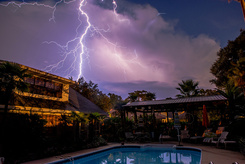 "The difference between the right word and the almost right word is the difference between lightning and the lightning bug." Mark Twain If you are giving a presentation with non-native speakers in the audience, you should really consider hiring a professional interpreter who will not just translate word-for-word, but will ensure that the entire meaning is correctly relayed to the audience. Non-professional, bilingual speakers often think they know the right word, but it can be off just enough to confuse the meaning of the sentence. Translation and interpretation is an art form that requires an understanding of the subtle differences of word choice.  Tell them what you are going to tell them, tell them, then tell them what you told them. Aristotle Most of us have heard Aristotle's advice to tell them what you're going to tell them three times. This is even more important when your information will be relayed in a second language. By translating or interpreting the ideas multiple times, not only does the information get reinforced but also ambiguity is reduced. In meetings, take the opportunity to double and triple check that what you have said was understood and reiterate the action plan to ensure everyone agrees on next steps.  "The most important thing in communication is hearing what isn't said." Peter Drucker Peter Drucker's quote demonstrates the need to be aware of cultural biases. So much of communication is reading between the lines. How we convey information can tell us as much as what is said. More problems arise when we communicate cross-culturally and nuances can get lost in translation. All cultures have conventions that as natives we are hardly aware of: body language, looks, phrasing, tone, and ways of implying without coming out and saying what we're thinking. Much of this gets lost in language conversion, so if you're working with non-native speakers you need to be much more explicit than when dealing only with one culture/language. How many times have we heard that communication is key, yet we take it for granted. We have too many meetings every day, too much email hitting our in boxes, and hundreds of texts and online forum responses to make. Slow down and be very mindful of what you're saying and how you're saying it, and check-in frequently to make sure that your communication is two-way and that all parties agrees about what was said. 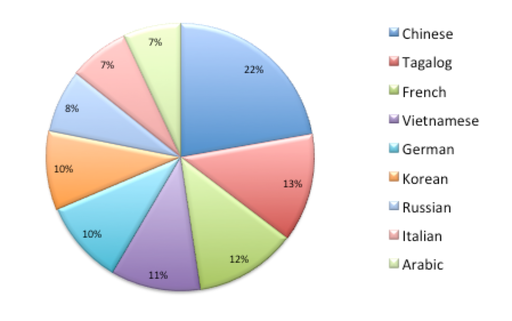 In honor of world statistics day, we thought we'd share some stats that show how important it is for U.S. businesses to translate their marketing and product materials and hire interpreters for events for domestic audiences. 55 million people in the U.S. speak a language other than English at home, close to 20% of the population. 62% of those 55 million people speak Spanish or Spanish Creole. Of the remaining 21.9 million people, 20%, or roughly 11 million of them speak 9 different languages. The balance of people, 10 million, speak 28 different languages (or derivatives of those languages.)
So the next time you tweet out to your followers or upload a video, think twice about just releasing it in English. There are a whole lot of people out there who may want what you're offering, if only you'd advertise it in their language. Source: 2006-2008 American Community Survey. Image source: http://www.printsome.com/blog/2015/creativity-gone-wrong-when-brands-translate-and-fail/ When companies rely on in-house bilinguals for localization work it's often due to budget constraints or an inadequate understanding of the complexities of localization. Short cuts in this field generally lead to problems down the road. As a friend of mine once said, "never time to do things right, only time to do things twice." Hiring a localization company to oversee and project manage your company's localization effort may look more expensive than tapping bilingual Joe in the cubicle down the hall, but going the professional route is likely to save you both time and money down the road, and you're less likely to damage your brand in the process. Here's why: 1. The localization company has been there and done that. We've taken lots of companies through the process. We know how to organize your project so that there is minimal need for re-work. We work with you from the start to set up a project glossary that defines important terms to ensure that they are translated the same every time. We factor in time for the editing and review process, and we can help you with all your marketing channels, from print, to website, to social media, to video. 2. We map out what needs to be converted. For example, we know when the Spanish speaking countries in which you are launching have dialects sufficiently different as to require their own project streams, preventing embarrassment down the road from translation mistakes. 3. Our professional linguists don't just translate, they transcreate. It's not adequate to translate word for word, because it's the context and nuance that matters. Professional linguists take what you have written and recreate it in the target language so that it truly means the same thing as the original. 4. Social Media is unforgiving. These days it takes seconds for posts to go viral. That means if you accidentally use the word embarazar when you meant avergonzar, your'e going to be in hot water. And, the whole world will know it instantly because you've just confused pregnant with embarrassed. It's happened before. In fact, the Parker Pen company claimed that Parker Pens "won't leak in your pocket and embarrass you." However they mistranslated it to "No te embarazará chorreándose en tu bolsillo", which means "Won't leak in your pocket and impregnate you."1 Imagine if that had been posted to Instagram! 5. Version control. If you take on the localization in-house, chances are you'll be farming it out to many different people potentially in many different locations, and that means that changes in the text may get lost across channels and languages. A localization firm will provide a dedicated project manager who's job is to keep those changes straight and make sure they flow through your entire project. These are just a few of the reasons why it saves time and money in the long run to hire a localization firm to adapt your product and marketing materials for international markets. For more tips, read our Translation Insights. There are enough challenges to moving into international markets. Make sure your own materials don't become an obstacle to success. 1. Wikipedia: https://en.wikipedia.org/wiki/Embarazada Wouldn't you love to increase attendance at your conferences and trade shows? One way to do that is to reach out to the international community. Research shows that only 2 of 10 exhibition attendees are from other countries. By putting in place the right global strategy you can tap a whole new market. Join RABI CEO Yvette Fang for an informative webinar about how to increase international attendance at your trade shows and conferences. Yvette will walk you through:
What is Omni-channel localization?
It's localizing every step of the customer experience, from initial contact through post-purchase engagement. Every interaction with your customer should reflect your brand and your values, but also be readily understood and appealing in local markets. And while you may need to adjust your language, your tone, and your advertising channels from market to market, within each market you need to have consistency from first touchpoint to last. Start by charting the customer engagement process step-by-step for each market and then do your research. For every step, you need to discover how best to interact with the customers in that market. Customers in Germany engage with companies differently than those in Japan, so discover for each local market which mix of channels your customers prefer, whether it be phone surfing, word-of mouth, social media, etc. What tone do they expect when they receive email communications and how much are they willing to read? How much hand-holding do customers need in each market? Do they want to visit a physical store first to play with the product or are they willing to order directly online? Don't forget to think about live touch points as well. Call centers should be adequately staffed with people who speak the local language, phone prompts need to be localized, website chat options need native speakers, and social media channels should be chosen for their importance to that community and staffed, again, with native speakers. Every time your customer reaches out to you or you reach out to her, the experience should be consistent and personalized, from the basics, like only showing products on the localized websites that are actually offered in that market, to ensuring that the translated language has consistent terminology, to true two-way engagement that demonstrates that you understand your customer as well or better than your local competitors. More than 60% of people prefer to buy from websites in their own language. And Common Sense Advisory also reports that the majority of people will spend more money on a product if the information about that product is in their own language. So it's clearly beneficial to localize your website for each of your markets, but how can you reduce the time and cost involved?
1. Anoint a guru of localization. As with all large corporate-wide initiatives, you need have someone lead the charge--someone who owns localization across the company. Among other things, she should be keeping track of: the different markets for which you'll be creating localized content, the content streams that will need to be translated, the array of social media feeds, and the various product line offerings. In essence, anything that will go on any website needs to be tracked and given a priority ranking. 2. Put a process in place. Planning for localization begins when you start planning for a new product or a new line extension. By building localization into the process from the very beginning you will reduce time and effort later. This does not mean that you should start translating your early draft documents into 15 languages, but that you should be looking at your different markets and determining what sort of customization will need to occur in order to launch in each of those markets. 3. Optimize User Experience For Each Market. When you begin thinking about the websites themselves, you'll need to look at overall user experience, page layout, common usage patterns for the individual markets, local color preferences, and local image preferences. Be aware of how your design will be affected by languages that read right to left, and how languages that have longer words may need more space for navigation. If you're marketing to countries with slower internet speeds, you may need to have fewer images. And, your images should reflect local aesthetics. Also, if you don't plan to offer your entire product line in a particular country, cull your pictures accordingly. 4. Adjust Your Writing Style. Once you've determined the content you will localize, don't translate it word for word, but adjust it for the local market. For example, some markets are more formal than others, some customers expect highly detailed, fact-based product descriptions, while in other markets, you'd be better off with descriptions that are aspirational in nature. 5. Create a standard glossary. This will save a lot of time in the end, especially when it comes to translating technical terms and industry jargon. Each language should have a list of common terms and phrases to ensure consistency throughout all your product and consumer marketing, ensuring that customers see the same term on your website as appears on your tv ads, your brochures, and your product manuals. 6. Localize your SEO. Make sure your titles are translated and accurate, your headers are clear, and your ALT attributes are descriptive. Over time, look at your data through Google's country filter and tweak each site to improve your retention and conversion rates. These tips should be looked at as a starting point. Localization is an ongoing process. Every new piece of content your marketing department generates needs to be examined for relevancy to each market and with an eye to adjusting it to provide the most value to those customers. RABI partners and our local D.C. team were pleased to attend the Destination D.C. marketing outlook 2015 event. Destination D.C. hosted more than 500 tourism, trade, and local business members for a look at how the tourism and convention business is set to grow in D. C. over the next few years. We met Destination D.C.'s President and CEO, Elliott Ferguson, who stopped by our table at the event. Great speakers and sessions made the event fun and informative. Some of the fascinating facts that we learned include:
The takeaway from the event? Huge growth in international tourism, especially millennials, represents a major opportunity for savvy companies. Successful businesses should provide support at their events for participants for whom English is not their first language, and they should also localize their marketing materials and social media posts to reach potential visitors in their languages via the marketing media that their audience consumes most. We can help you provide the best experience and outreach to your market. RABI offers a premier events solution to help plan and organize global events and international conferences and ensure seamless communication through advanced services and technologies. Services we offer include:
Visit redblueint.com/events.html for more information about our events solution and to download our case study, Simultaneous Interpretation: a Commercial Property Company.
|
Author
Archives
March 2024
Categories
All
|
Photos from : : Ys [waiz] : :, bjahind, fabola, MattysFlicks, @sage_solar, LoS, Traducción e Interpretación, Kyle Taylor, Dream It. Do It., _gee_, keepitsurreal, One Way Stock, Airviewsphotos, GotCredit, efile989, Benoit cars, ** RCB **, stephiesal853, Francisco Anzola, Highways England, ITU Pictures, VIPevent, leoplus, Karsten Bitter, Jolante, jobstop11, Nguyen Vu Hung (vuhung), jurvetson, mikefats, YooSan, sandrafdzh, roland, mikecogh, y entonces, Donald Lee Pardue, Gatorgoon, daniel0685, BÜNDNIS 90/DIE GRÜNEN, rick, {Guerrilla Futures | Jason Tester}, mikecogh, markyharky, amslerPIX, jo.sau, IAEA Imagebank, lisa-skorpion, Toronto Public Library Special Collections, Wootang01




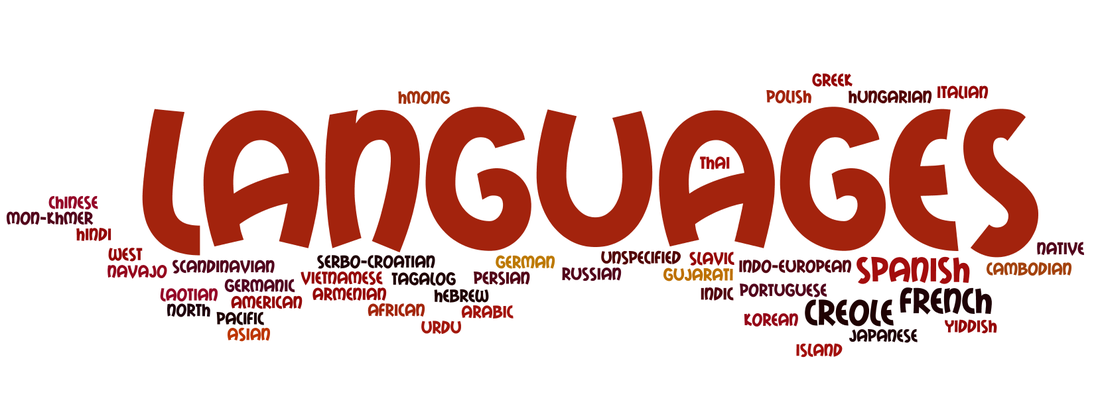







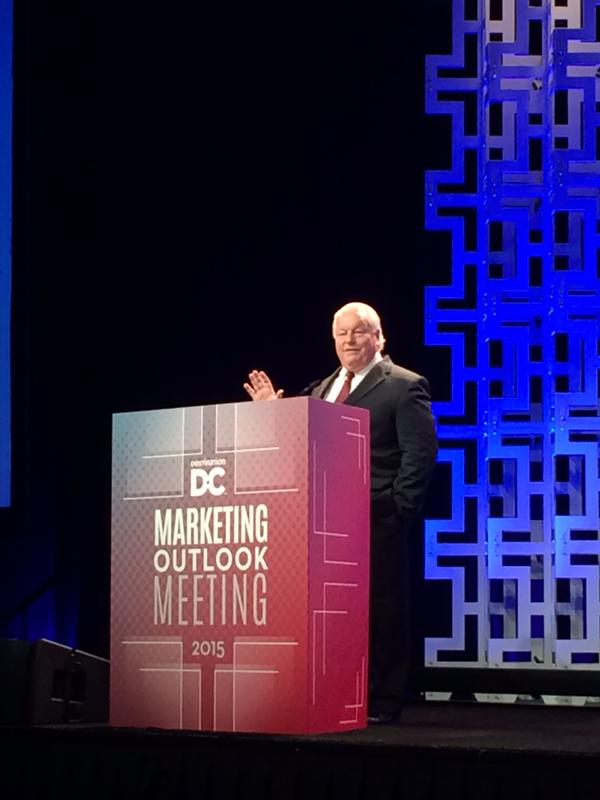
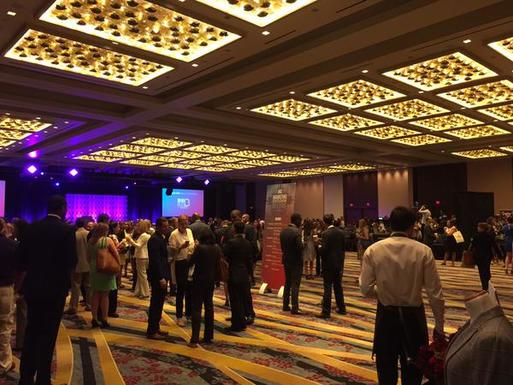

 RSS Feed
RSS Feed
